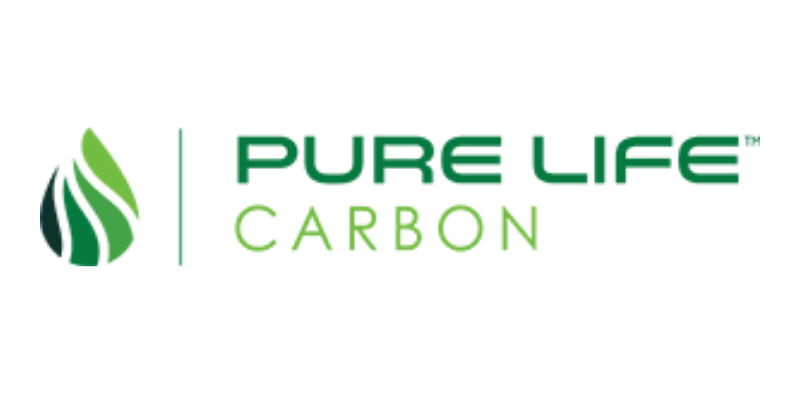Carbon: Finding a More Sustainable Alternative to Mineral Wools and Mosses for Indoor Growing
Sustainability in indoor cannabis growing
The world is moving towards mass cannabis legalization. Canada has legalized cannabis nationally; the United States and Australia are well on their way and it is expected that Europe will soon follow. It cannot be denied that cannabis use is on the rise and with it there is a parallel growth in indoor farming. While it is technically true that growing indoors poses less environmental issues than outdoors - ⅓ of the world's farmable land has disappeared due to corporate agriculture practices - it presents its own issues, specifically when looking at the popular types of grow medium used.
Mineral Wools
Mineral Wools, (more often referred to as ROCKWOOL or stone wool) are extremely popular in indoor farming for its sterile nature and water retention abilities. But the production of Mineral Wool is not a sustainable practice. It uses high energy inputs and is non-biodegradable. Recycling and destruction of stone wool is equally as detrimental to the environment as its creation. Not only is it not sustainably produced, but it can also be harmful to a grower’s personal health. Mineral Wool blocks contain dust and loose fibers similar to asbestos and can be harmful if inhaled over long periods of time.
Mosses
Peat moss and sphagnum moss are highly valued growing mediums for their ability to absorb moisture and retain nutrients, making them a key addition to potting soils. Peatlands store over one-third of the world's soil carbon. The harvesting and use of moss releases CO2 into the atmosphere, and as demand for moss grows with indoor farming the greater the chance of environmental risk across peatlands and bogs.
The Solution
Consideration towards the environment should be key in farming. Moving towards carbon neutral or carbon negative grow medias will help offset the negative carbon increase caused by the spike in demand for indoor farming. Pure Life Carbon’s (PLC) grow media, Absolute Carbon, is converted into the world’s first and only carbon negative standalone grow media that is purposefully designed to enhance any plant's life. It is not enough to simply move to indoor farming as a method to produce agriculture outputs at a sustainable rate. We must monitor the inputs that are used in indoor grows and make sure their environmental effects are not negative at scale. Net zero must be the goal in production and utilization.
Pure Life Carbon’s mission is to work with growers to reduce the impact of indoor horticulture on the environment.
Today the most widely used grow media for indoor or under glass production is Mineral Wool. As mentioned above, it requires a great deal of energy to create. In fact, Mineral Wool generates 1.5-1.8 tons of greenhouse gas (GHG) for every ton created, and this does not include emissions resulting from the plastic wrapping of the product. Imagine a facility that grows 160,000 plants using Mineral Wool throughout four grow cycles per year. That facility would generate a staggering 200 tons of GHGe annually.
On the other hand, Pure Life Carbon sequesters 3.7 tons of carbon for every one ton of grow media generated. During the growing cycle the plant draws in C02 and through a special process called pyrolysis PLC captures that C02 in the carbon shell that forms the media. Charged Carbon is also reusable, reducing and eliminating its impact on landfills and increasing the amount of times mineral is not used.
In short, up until now there has not been a solution to replace harmful grow media from the market. Pure Life Carbon can confidently say that there is now not only a good replacement but a carbon negative replacement that will benefit the planet for generations to come.




